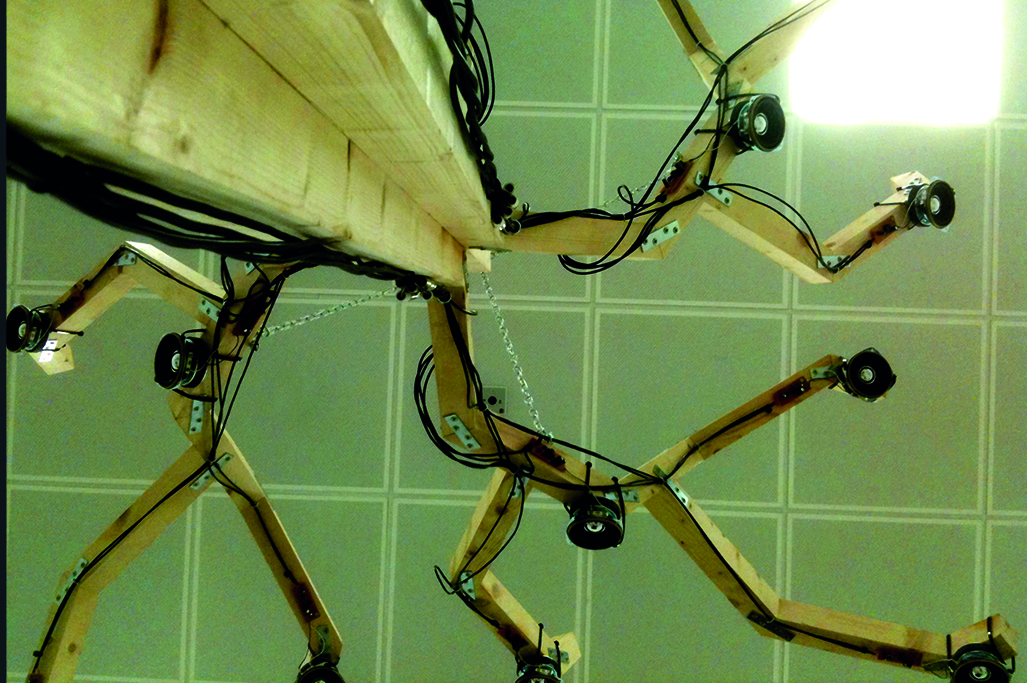IN SONIC 2015
Abstract
Why do we work to create multichannel concerts? Given that we do, might we further consider the holistic experience of coming to a concert and how that impacts upon the audience’s engagement with the music? Why do electrocoustic music concerts take place in the locations that they do? Do we consider the relationship between content and form appropriately when planning and organising concert events?
This paper considers the philosophical approaches to multichannel concerts, questioning the underlying motives behind them and how these inform both the technological systems used and the context within which works are presented. Contrasting idealist and realist approaches (Emmerson 2007: 147), this paper seeks to identify the aesthetic goals which have driven current multichannel sound projection systems and questions if looking beyond the technologies of reproduction to consider the holistic experience of an electroaocustic concert might help to inform future practice.
At the 2013 symposium for Acoustic Ecology in Kent concerts were held inside the covered Number 3 slip at Chatham Historic Dockyard. This enormous wooden ‘hanger-like’ structure was built in Georgian times to allow naval vessels to be built under shelter. This expansive space provided a dramatic setting for our concert. Barry Truax presented a new composition “Earth and Steel” built from the metallic clangs of ship construction, recorded in the Vancouver shipyards of the 1970’s. The remainder of the programme contained a diversity of works, both abstract and more mimetic in nature. But in this particular space where giant ships were built and repaired, can it be said that Truax’s piece was even more resonant? Would the work have had the same effect in a sanitised concert hall? Was it somehow more significant in that slipway? How might performance of this same work, during inSonic2015 at the ZKM, compare?

Comments are closed